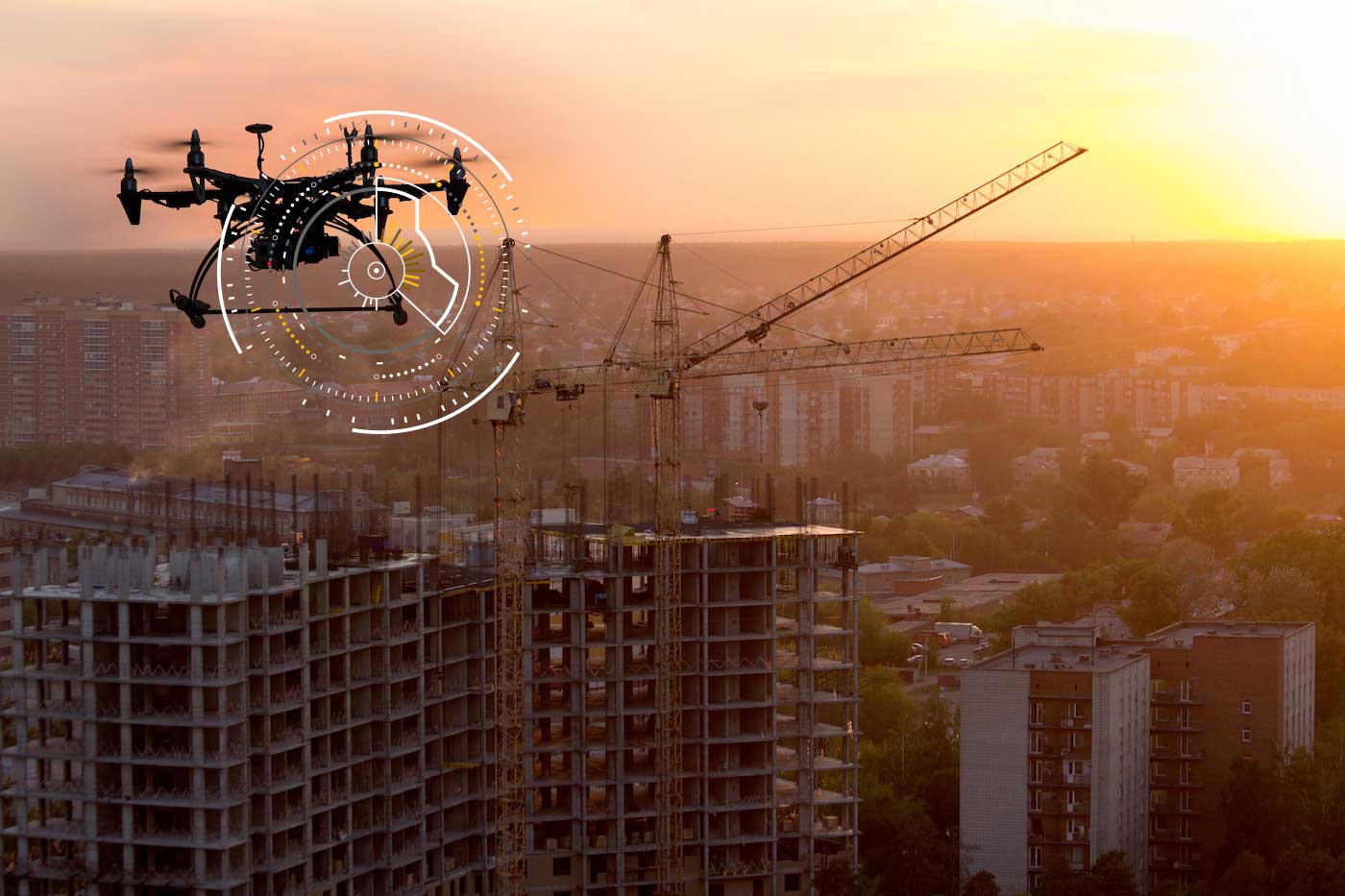Netline’s DroneNet fixed Installation offers a multi-layered, counter drone solution for Detection & Identification, Tracking and Mitigation of hostile drones trying to intrude protected airspace. The system is designed to provide the end-user with real-time situational awareness, protecting critical infrastructures.
The use of drones for different attack missions is increasing sharply, posing a major challenge to homeland security and secured compounds. The DroneNet Fixed Installation counter drone protective envelope consists of three defence layers: Detection & Identification, Tracking and Mitigation.
The system operates continuously in real-time 24/7, installed in strategic spots and provides full protective coverage against drones.
The DroneNet Fixed Installation is controlled by GeoDome, a comprehensive and advanced command & control platform. GeoDome manages a variety of sensors, collects data, analyzes it and yields immediately actionable insights.
Netline’s sensors and jammers are integrated and managed, locally or remotely, by GeoDome, as well as other 3rd party components via API, such as: radars, cameras, cyber drone solutions and more.

Drone Sensing Segment – The drone detection segment is based on a network of wide band sensors deployed around the secured facility. The deployment architecture is determined according to a site inspection around the facility, identifying the optimal installation locations.
Netline’s detection techniques are based on continuous analysis of time & frequency domains by RF sensors. Preloaded spectral signatures of commercially available drones are used as the system’s database. The DroneNet searches for activity patterns corresponding to the communication signatures of the stored drones. Once a match is found the C&C center will receive an alert, notifying a drone has been detected, as well as its type. The DroneNet’s low rate of false alarms of is achieved by using an SDR SIGINT receiver, capable of detecting drones based on their spectral signature, being completely agnostic to the drone’s data (which might be encrypted) resulting in a fast-evolving signatures database.
Drone Tracking Segment – Tracking of intruder drones is achieved by utilizing Netline’s Direction-Finding (DF) sensor, continuously scanning and analysing the spectrum for drone’s spectral signatures. Drones will be detected and located immediately upon attempting to intrude the airspace set at a safe distance (few kilometers radius) from the target, linked back to a central C&C allowing to warn-off the control center and respond appropriately.
The DroneNet DF sensor calculates the direction of the threat relative to the antenna’s position, based on the signals transmitted by the drone. Measurements from two or more DF sensors, deployed in different locations, are triangulated to determine the precise location of the drone.
Drone Mitigation Segment – Upon initiation of the mitigation phase the system blocks communication between the drone and its operator, as well as the GNSS signal used by the drone. Netline’s DroneNet jammer covers all potential commercial drone frequencies:
The system’s modular design enables future upgrades and insertion of additional frequencies and threats.
Netline’s DroneNet product line is a holistic EW solution for counter-drone defence and is available in multiple configurations, systems and sub-systems alike.
coca interactive | Branding | Website Developing | Web Marketing | © since 1994